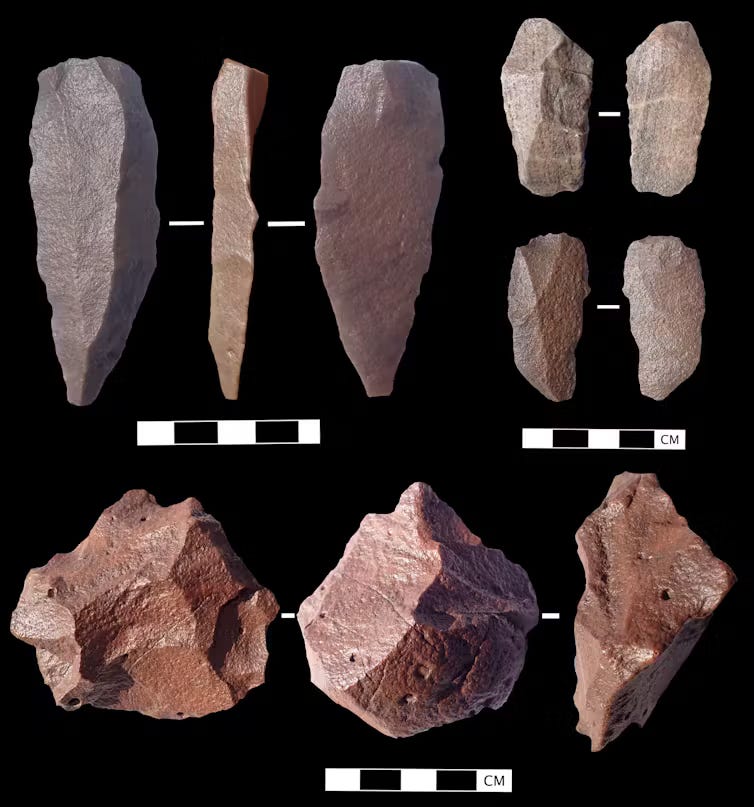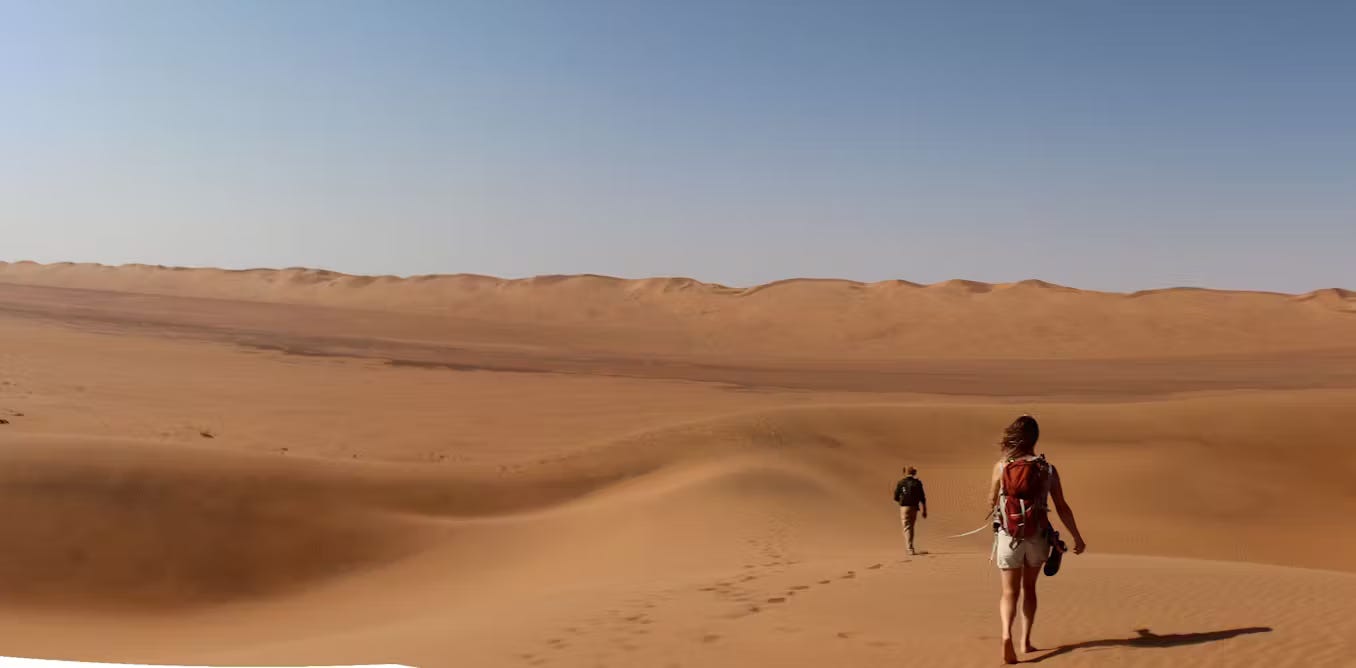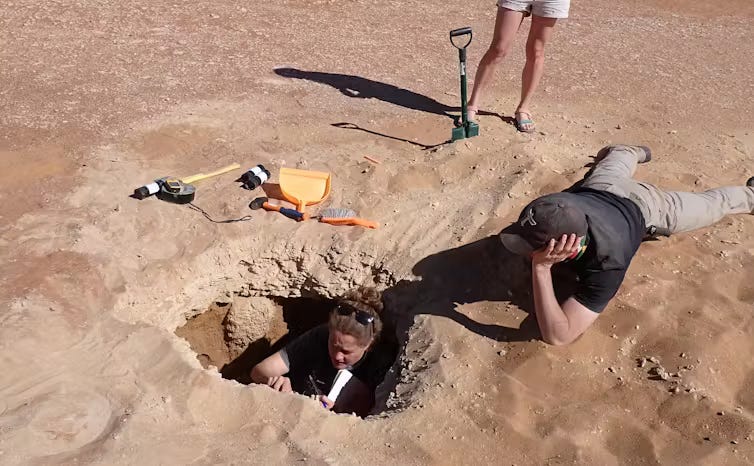Namibia’s Ancient Human Habitats: How Desert Archaeology Sheds Light on Human Evolution
Manage episode 431466607 series 3444207
The deserts of northern Africa and the Arabian Peninsula have long been the focus of archaeological research, revealing their roles as cradles of early human civilization and migration routes through so-called “green corridors.” However, the archaeology1 of southern Africa’s west coast desert belt, particularly the Namib Sand Sea, has remained relatively unexplored. This hyper-arid landscape, characterized by towering dunes, offers new insights into human-environment interactions in ancient times.
The Namib Sand Sea: A Forgotten Landscape
The Namib Sand Sea, part of the Namib Desert, spans approximately 34,000 square kilometers along Namibia’s west coast, between the towns of Lüderitz and Walvis Bay. Despite its current harsh, arid conditions, evidence suggests that this environment was not always so dry and inhospitable. Clues from the landscape indicate the presence of a small freshwater lake in ancient times, which could have supported human life and activity.
Interdisciplinary Research Unveils Ancient Lake
An interdisciplinary team of physical geographers, archaeologists, and geospatial scientists has been investigating the long-term history of the Namib Sand Sea. Their research provides a time-frame for the existence of a small freshwater lake at the site known as Narabeb. This lake was fed by an ancient river and is surrounded by a rich record of Middle Stone Age stone tools, indicating human activity in the area between 300,000 and 20,000 years ago.
Sediments Tell the Story
Today, Narabeb is dominated by sand dunes over 100 meters high, with no standing water and minimal annual rainfall. However, sediment layers reveal the presence of mud deposited by water, suggesting a much wetter environment in the past. By analyzing these sediment layers, researchers have determined that the lake existed between 231,000 ± 20,000 and 223,000 ± 19,000 years ago, and again around 135,000 ± 11,000 years ago.
Modeling Dune Movement
The landscape east of Narabeb is dune-free, indicating past migration of dunes. Using a novel mathematical model, researchers estimated that it took around 210,000 years for the dunes to accumulate to their current height. This time-frame aligns with the oldest age for the lake, suggesting that the dunes were just beginning to form when a river supplied the lake with fresh water, supporting both animals and humans.
Human Presence in the Namib
Archaeological evidence from other sites in the Namib indicates the presence of Early Stone Age tools from earlier human species. At Narabeb, Middle Stone Age tools suggest prolonged human activity, with people making tools and possibly visiting the site over many generations. This highlights the importance of southern African desert landscapes in human evolution and technological innovation.

Revisiting Environmental History
The Namib Desert has been thought to be consistently dry for around 10 million years, making it seemingly unsuitable for “green corridors.” However, the new findings challenge this notion, suggesting dynamic environmental conditions that periodically supported human life and migration.
Expanding the Archaeological Map
Recent funding will enable further fieldwork to document archaeological sites and date these “green corridors” across the Namib landscape. Initial surveys have revealed a landscape rich in artifacts, suggesting potential migration routes. This research aims to fill gaps in the archaeological map of southern Africa, providing a more comprehensive understanding of human history in the region.
Conclusion
Understanding the climatic shifts that allowed rivers to flow into the Namib is crucial for a complete picture of its past “green corridors.” Collaborations with climate modelers and the wider scientific community will help reconstruct the environmental history of this unique desert region, offering new perspectives on human adaptation and survival.
The Namib Sand Sea, once considered an inhospitable desert, reveals a rich history of human-environment interactions. By uncovering the presence of ancient lakes and human activity, this research highlights the dynamic nature of environmental conditions and the resilience of early human populations. These findings not only enhance our understanding of human evolution but also offer valuable insights for modern conservation and rewilding efforts.
Stone, A., Leader, G., Stratford, D., Marks, T., Efraim, K., Bynoe, R., Smedley, R., Gunn, A., & Marais, E. (2024). Landscape evolution and hydrology at the Late Pleistocene archaeological site of Narabeb in the Namib Sand Sea, Namibia. Quaternary Science Advances, 14(100190), 100190. https://doi.org/10.1016/j.qsa.2024.100190
8 episodes






